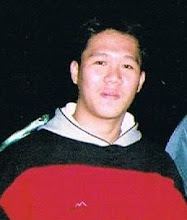
In telecommunications, T-carrier, sometimes abbreviated as T-CXR, is the generic designator for any of several digitally multiplexed telecommunications carrier systems originally developed by Bell Labs and used in North America, Japan, and Korea.
The basic unit of the T-carrier system is the DS0, which has a transmission rate of 64 kbit/s, and is commonly used for one voice circuit.
The E-carrier system, where 'E' stands for European, is incompatible with the T-carrier (though cross compliant cards exist) and is used in most locations outside of North America, Japan, and Korea. It typically uses the E1 line rate and the E3 line rate. The E2 line rate is less commonly used. See the table below for bit rate comparisons.
The most common legacy of this system is the line rate speeds. "T1" now means any data circuit that runs at the original 1.544 Mbit/s line rate. Originally the T1 format carried 24 pulse-code modulated, time-division multiplexed speech signals each encoded in 64 kbit/s streams, leaving 8 kbit/s of framing information which facilitates the synchronization and demultiplexing at the receiver. T2 and T3 circuit channels carry multiple T1 channels multiplexed, resulting in transmission rates of 6.312 and 44.736 Mbit/s, respectively.



No comments:
Post a Comment